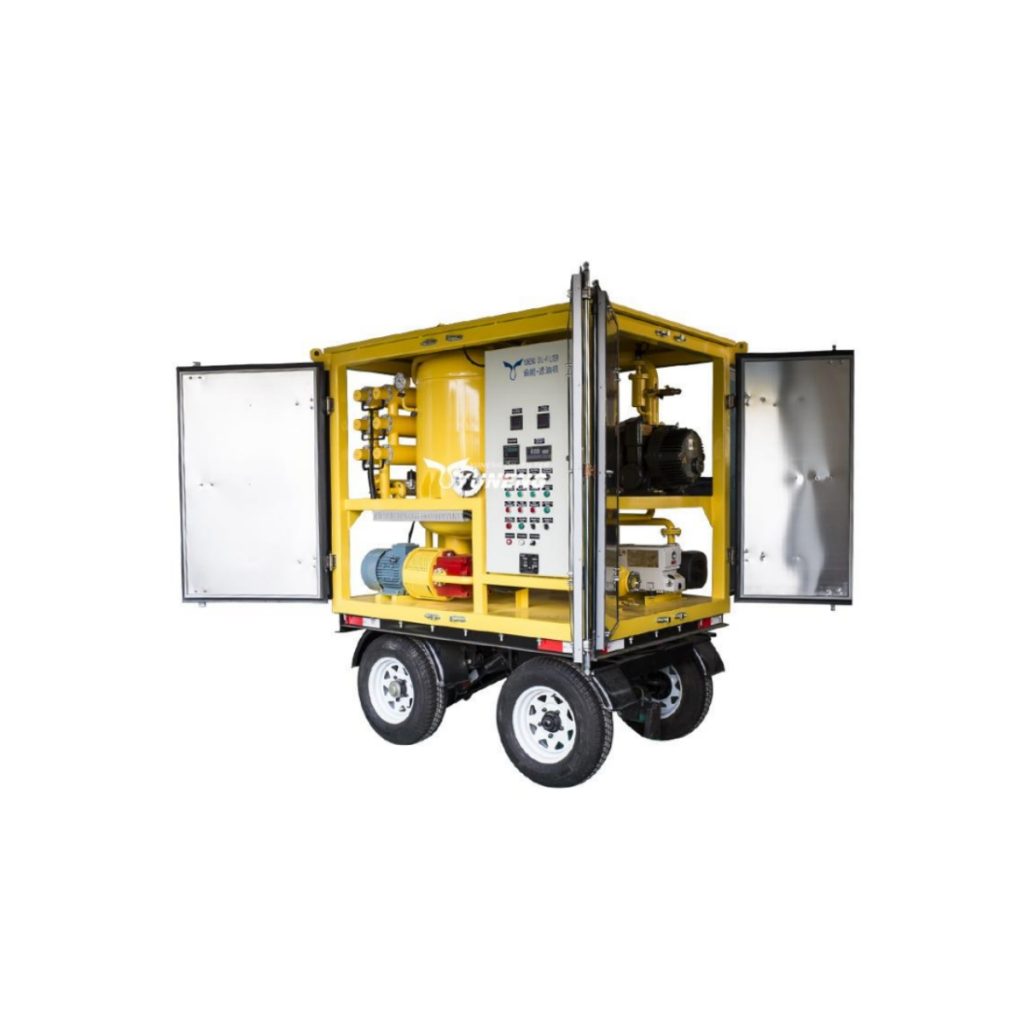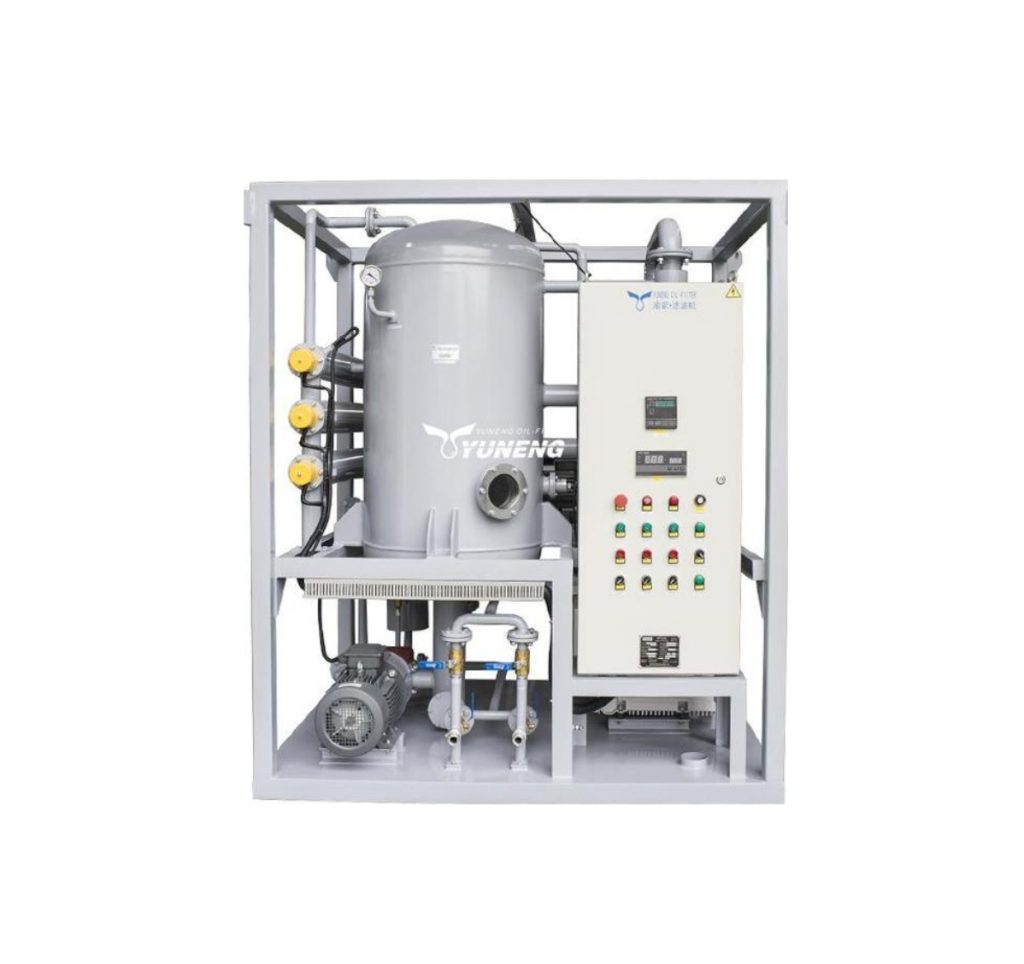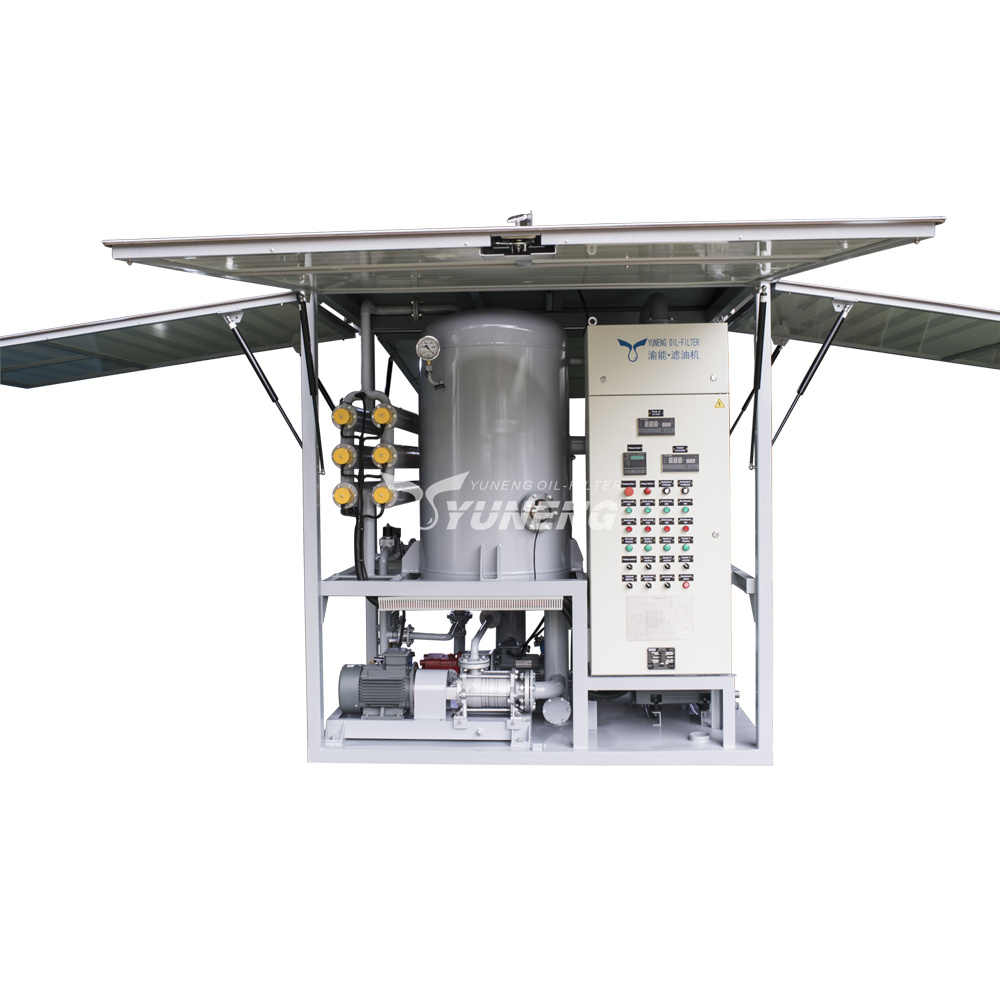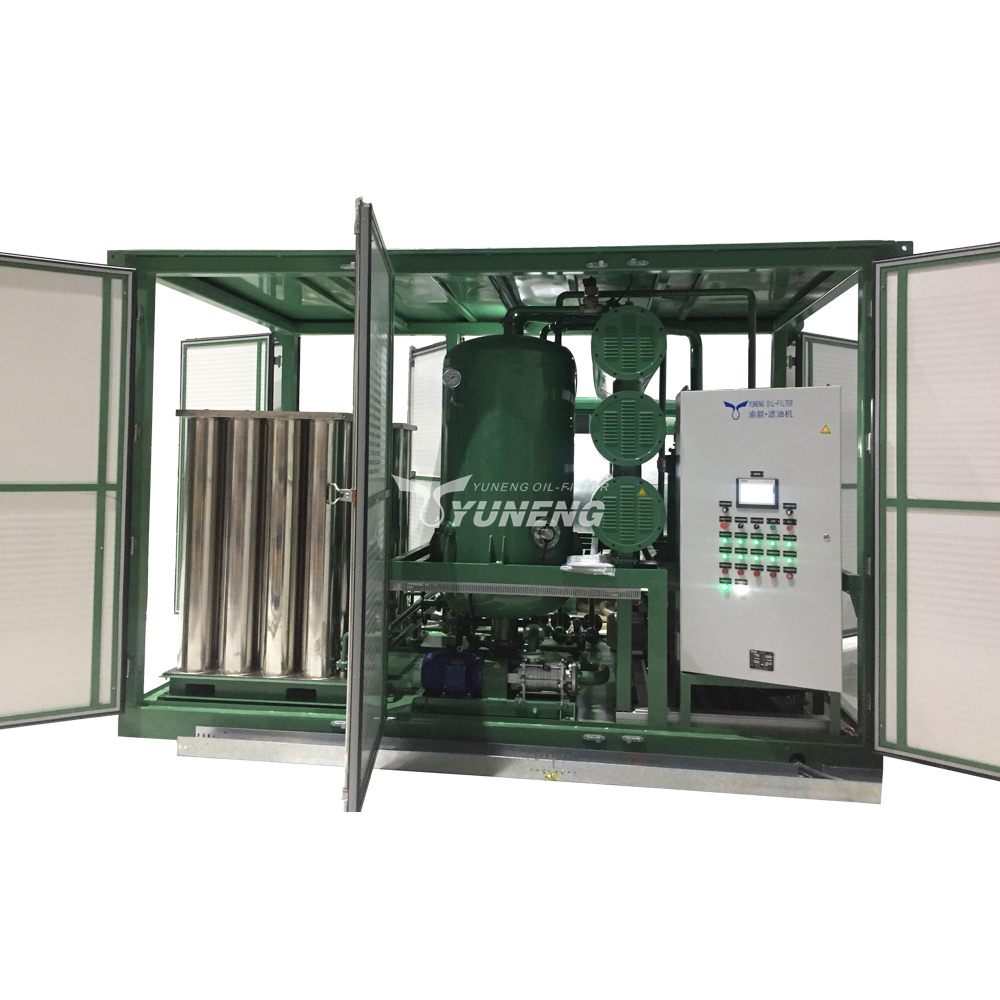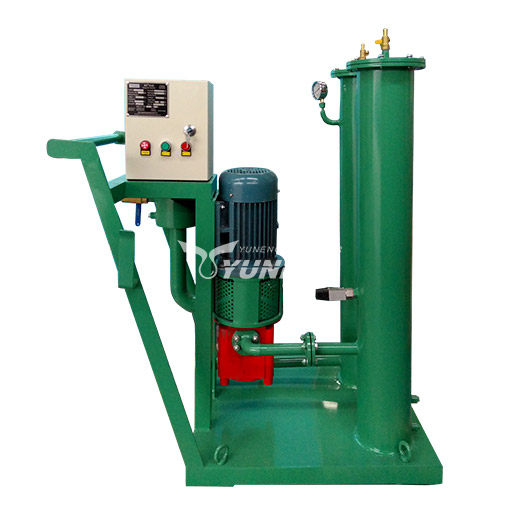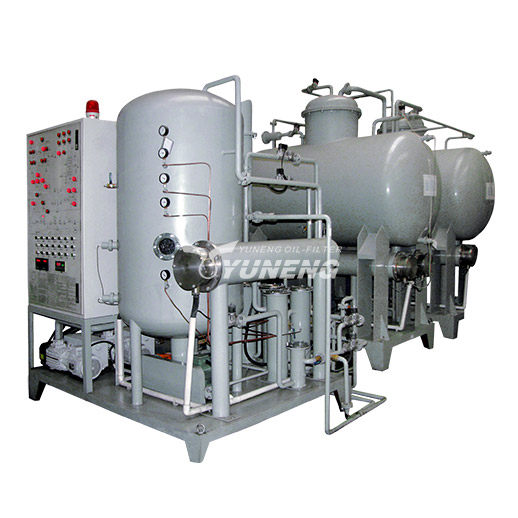How to Choose the Right Vacuum Oil Purifier for High-Voltage Transformers
Maintaining transformer oil purity is of the highest priority to ensure its stable operation in high-voltage transformers. Its impregnation with water, gases, and particulates reduces the dielectric resistance of the oil, leading to equipment failure and costly downtime. The right selection of a vacuum oil purifier will ensure maximum performance and lifespan for your high-voltage transformers; this guide will guide you through challenges, types, purchase considerations, and step-by-step guides for selecting one according to your specifications.
Table of Contents
Challenges in High-Voltage Transformer Oil Filtration
Transformer oil cleanliness in high voltage applications (500kV+) can be difficult and intimidating to achieve due to stringent dielectric specifications. Some of the biggest concerns include:
- Moisture Sensitivity: Minute levels of moisture (above 5ppm) can severely compromise insulation performance, arcing, and breakdown potential.
- Gas Dissolution: Dissolved gases (i.e., above 0.3% by volume) can bubble out under high voltage conditions, resulting in partial discharges and equipment damage.
- Particulate Contamination: Sub-micron particles age quickly and block cooling channels, necessitating high-b filtration (b>=5000).
- Oxidative Degradation: High temperature and exposure to oxygen increase acidity and sludge formation, necessitating advanced regeneration or additive-stabilized oils as solutions.
- Scale and Efficiency: In systems with large oil volumes (e.g., 20,000+ liters), high-flow systems with energy-efficient vacuum dehydration technology, e.g., sub 80 Pa, are necessary for efficient operation.
These challenges highlight the necessity of precision filtration technologies, including multi-stage vacuum systems to achieve ultra-low levels of moisture/gases.
Types of Vacuum Oil Purifiers for Transformer
Selecting an effective vacuum oil purifier for high-voltage transformers is crucial to ensure effective oil treatment, with each type offering specific capabilities to address contamination levels, transformer sizes, and operating conditions. Below are the main types used within this industry.
1. Single-Stage Vacuum Purifiers
Single-stage vacuum purifiers provide the simplest form of oil purification systems, using just a single vacuum chamber, and are effective at extracting free and emulsified water, gases, and particulate matter from transformer oil. These units typically suit low to medium voltage transformers or routine maintenance cycles on high voltage transformers with minimal oil contamination; their economic nature means they may not achieve degassing levels required in high voltage applications where oil contamination levels exceed an acceptable limit.
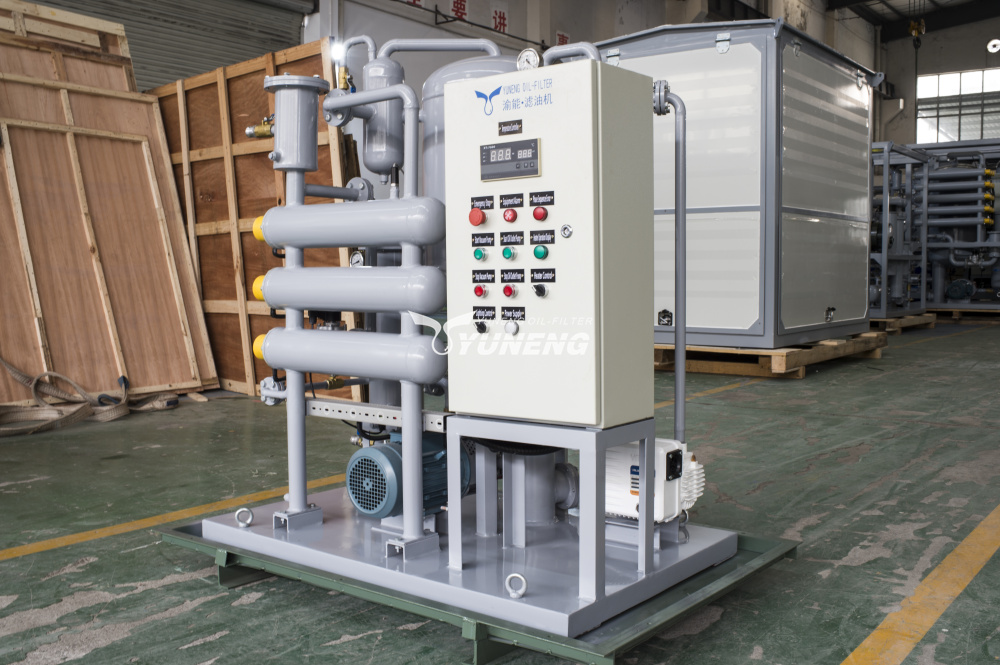
2. Double-Stage Vacuum Purifiers
Double-stage vacuum purifiers, commonly referred to as high-efficiency purifiers, are specifically tailored for more demanding purification tasks. Utilizing two vacuum chambers in combination, double-stage purifiers achieve deeper levels of dehydration and degassing for high voltage transformers as they remove both water content of below 5ppm while total gas content drops under 0.3% reducing moisture and gas extraction to an unprecedented extent; making these ideal tools for commissioning, repair work or after oil testing has identified elevated contamination issues as they ensure purified output results are consistently achieved.
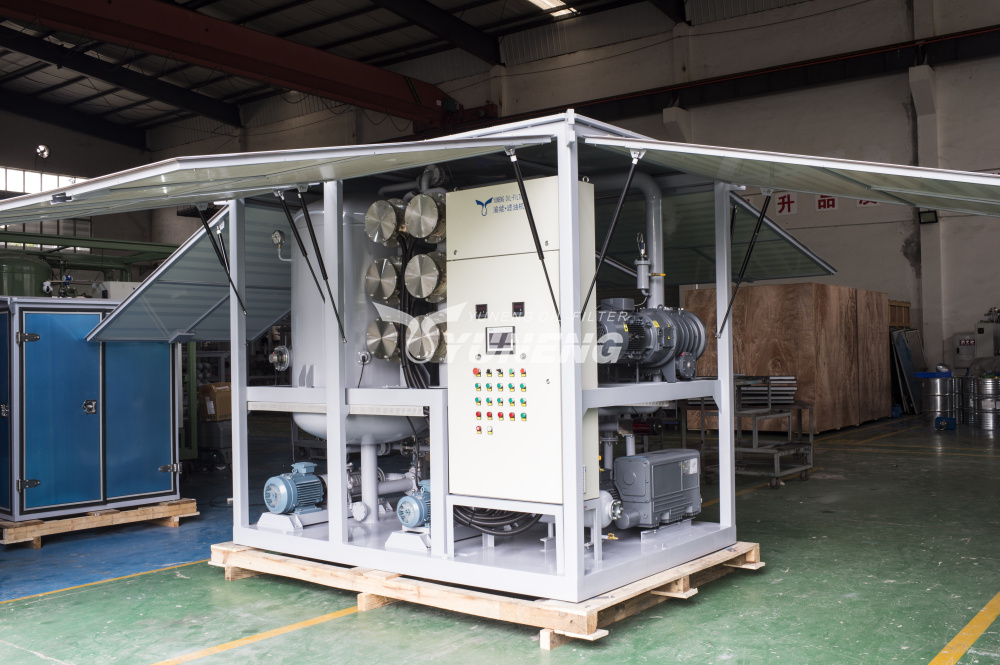
3. High Vacuum Oil Purifiers
High vacuum oil purifiers represent the pinnacle of purification technology. Operating at ultra-deep vacuum levels, these purifiers can handle extremely contaminated oil in ultra-high voltage transformers while offering additional features such as thermal regeneration, automatic moisture sensors, and advanced control interfaces for added reliability and performance of mission-critical power equipment.
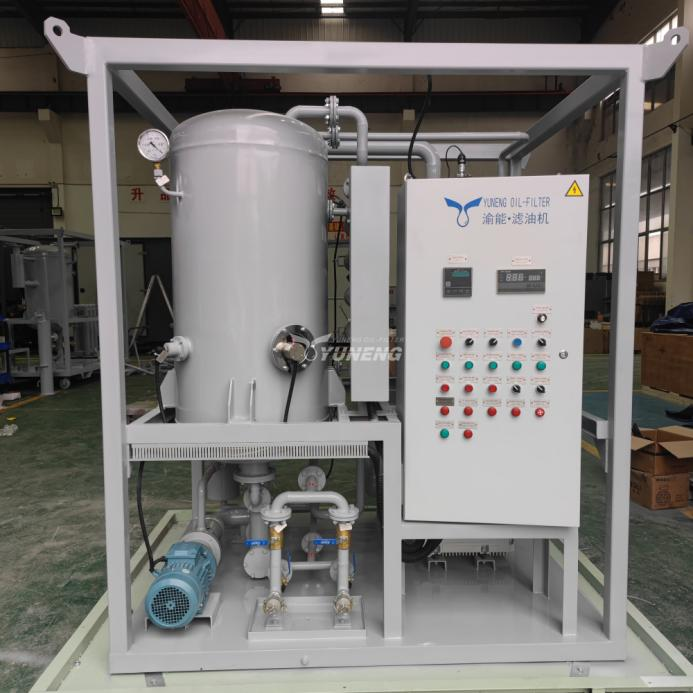
4. Mobile and Online Purifiers
To provide operational flexibility, mobile and online vacuum oil purifiers are indispensable tools. Mobile purifiers consist of skid-mounted or trailer-mounted units which can easily be transported between substations for efficient service across various sites; online purifiers treat oil without de-energizing transformers first – perfect for continuous transformer service such as those found in power plants or substations where any downtime would cause serious disruptions.
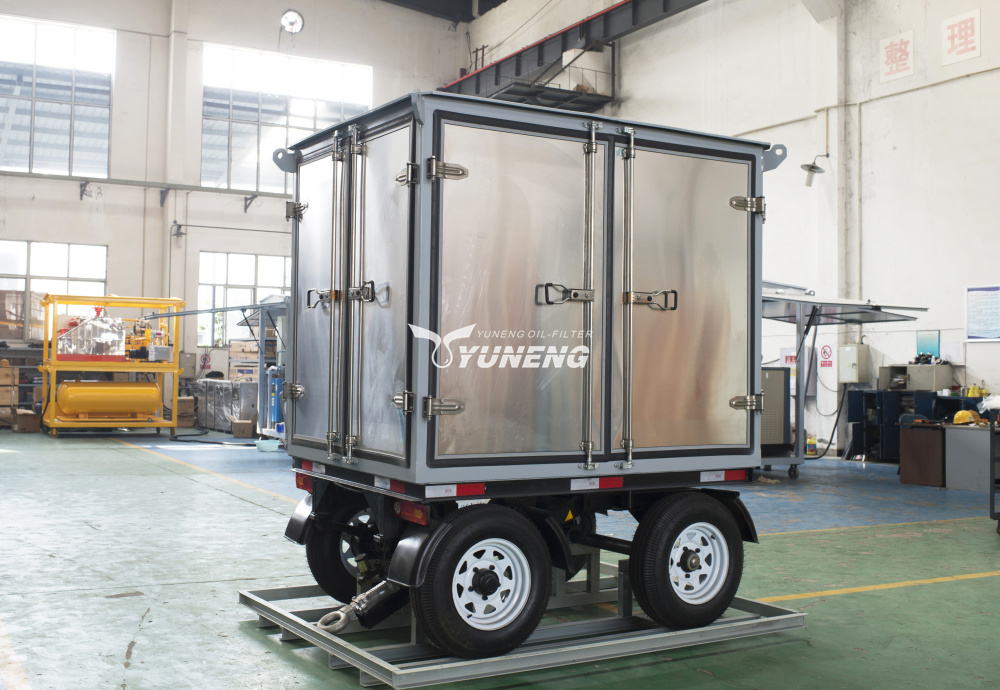
Critical Selection Criteria for Vacuum Oil Purifiers
Finding an efficient vacuum oil purifier for high voltage transformers (>=220kV) requires careful evaluation of performance, safety, and operational efficiency criteria. Here are the key ones:
1. Vacuum Depth and Efficiency
A vacuum oil purifier should achieve a deep vacuum level to effectively extract moisture and gases that dissolve in oil, such as moisture from humidity-laden air or the release of hydrogen gas from heating elements. Deep vacuum processing also plays an essential part in maintaining dielectric strength of high voltage transformer oils, which operate under extreme electrical stress, so look out for purifiers featuring dual-stage vacuum systems for enhanced moisture/gas removal capabilities.
2. Filtration Precision and Capacity
To effectively treat transformer components from wear-causing particles as small as 1-5 microns, filter out contaminants with precision that meets transformer oil volume requirements so filtration capacity matches up during treatment for continuous operation and complete purification. Filtration precision also protects components against potential wear due to particles as small as 1-3 microns that could erode away its coating over time and accelerate wear and tear. Likewise, to maximize longevity, ensure your purifier matches up perfectly to match its oil volume capacity so treatment continues and complete purification during treatment is effective throughout its operation and treatment duration – ensure it can meet both requirements!
3. Moisture and Gas Removal Efficiency
High-voltage transformer oils are particularly susceptible to moisture and dissolved gases that affect their dielectric strength and dielectric breakdown, potentially leading to issues like arcing or overheating. A vacuum oil purifier specifically designed to achieve low moisture levels (generally below 5ppm) while efficiently extracting any potential issues can ensure the oil’s optimal performance is restored to an optimum state.
4. Purifier Flow Rate and Processing Time
To maximize efficiency, purifier flow rates must correspond with the volume of oil to be processed, with higher flow rates offering faster treatment without compromising efficiency. When purifying large transformers, it’s especially essential that a purifier with sufficient flow rates be chosen in order to minimize downtime by purification being completed within an acceptable timeframe and thus prevent outages from occurring due to extended purification processes.
5. Automation, Monitoring, and Safety Features
Modern vacuum oil purifiers feature sophisticated automation and monitoring features like PLC control panels, remote diagnostics, and real-time fault detection to maximize operational efficiency while staying within safe parameters. Furthermore, temperature and pressure controls as well as emergency shutdown mechanisms play a vital role in protecting both transformers as well as operators during purification processes.
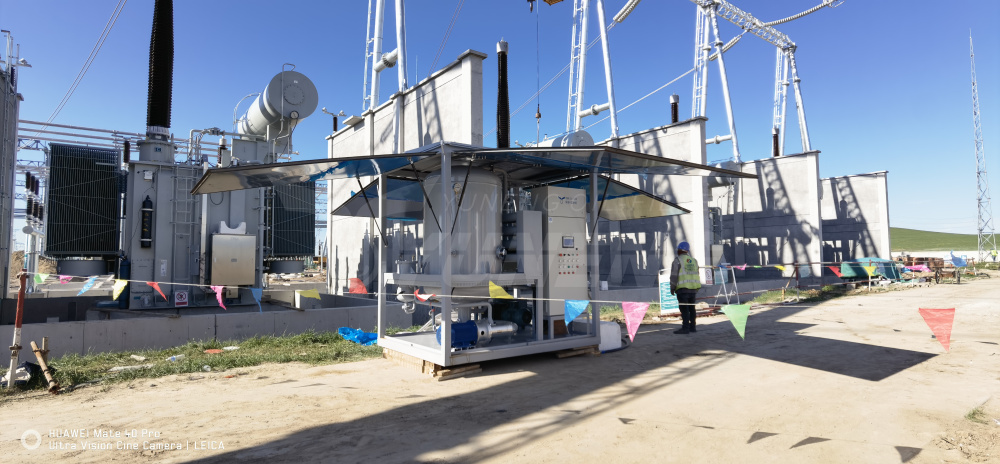
Steps in the Vacuum Oil Purifier Selection Process
Selection of oil purifier system for a high-voltage transformer should be performed very carefully and after following the following steps:
1. Check Transformer Specifications
To select an effective transformer, the initial step should be to well consider its specifications: voltage rating, oil capacity, and operational conditions (i.e., indoor or outdoor mounting). Purifiers with better capacities – greater vacuum depth or more voluminous flow rates being two of such capabilities – can be required for transformers with higher voltage ratings.
2. Analyse Oil Condition
To establish the current status of oil, perform routine oil tests. Test for moisture content, gas content, acidity level, and dielectric strength to develop a conclusion of its current state and regions of contamination and an idea of the capacity of the purifier, like dehydrating or degassing levels needed for optimal operation.
3. Define Your Purification Needs
From your oil condition and transformer specifications, determine what your purification needs will be. Ask yourself if the purifier must deal with moderate or severe levels of contamination, and if a mobile unit (for on-site temporary use or installation at a fixed location) would meet your needs or if an online purification system can reduce downtime by purifying while your transformer is still in service.
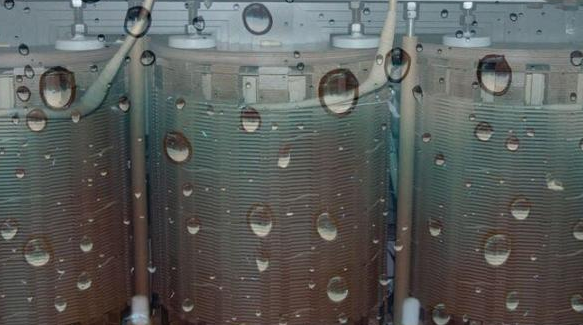
4. Compare Purifier Performance and Features
After determining your requirements, compare performance specifications of various vacuum oil purifiers. Look for important features such as vacuum depth, filtration capacity, and effectiveness of moisture/gas removal before looking at systems with automated modes, real-time monitoring, or safety features such as pressure controls, temperature controls, or emergency shutdown to achieve safe and efficient operations.
5. Talk to Manufacturer and Support Services
To identify who the top purifier manufacturer or distributor for your purposes is, call them to try their familiarity with high-voltage transformers, check customer references, and ensure after-sales services. An effective vendor should offer total maintenance programs along with training to ensure that systems operate over their lifespan.
By following the above procedure, you can select a vacuum oil purifier confidently to get effective and efficient transformer oil purification for improved performance and extended transformer life.
To Conclude
Selecting the right vacuum oil purifier for high-voltage transformers is crucial for preventing failures, extending transformer life, and ensuring grid reliability. By understanding the challenges, types of purifiers, key selection criteria, and a structured decision-making process, you can invest in a system that delivers optimal performance and safety.
For high-voltage applications, prioritize high-efficiency dehydration, robust filtration, and compliance with industry standards to maintain peak transformer performance.
Need expert advice on transformer oil purification? Contact us today for a tailored solution!

